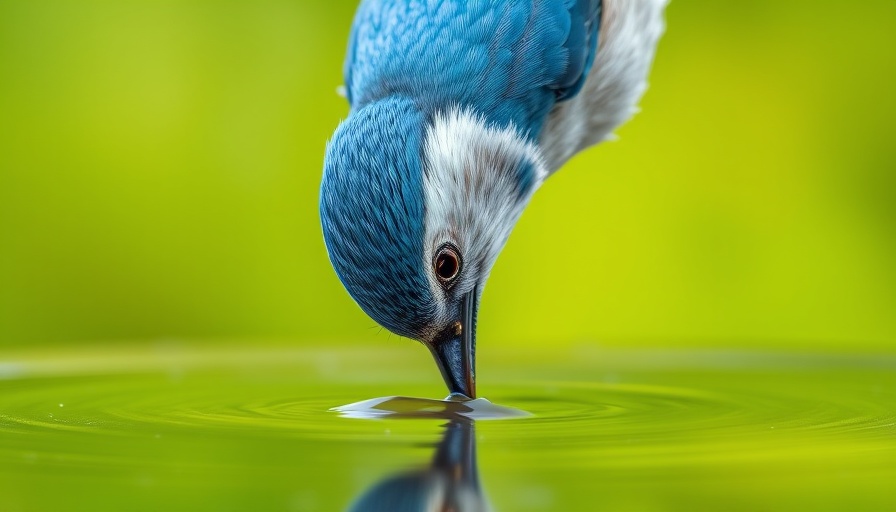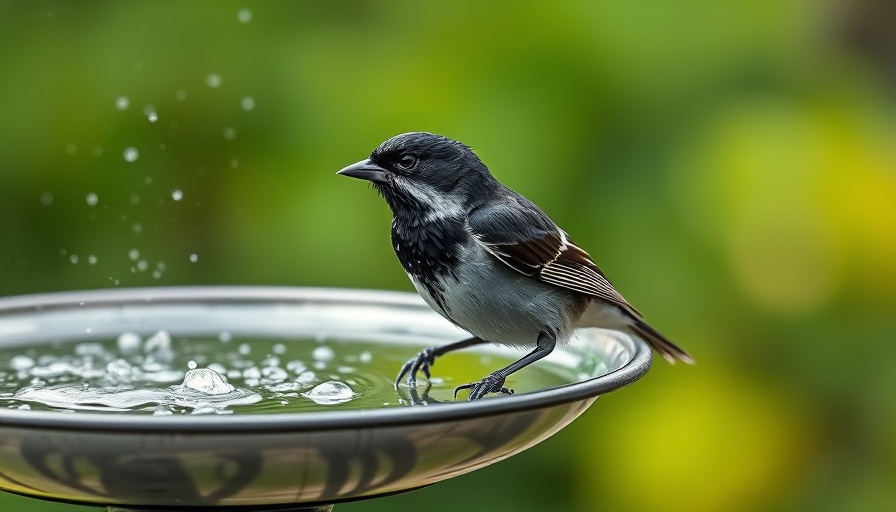
Understanding Avian Hydration: A Critical Lifeline
When it comes to ensuring the survival of birds, hydration is an essential aspect that can often be overlooked. For fledging birds, the necessity for water becomes paramount shortly after leaving their nests. This early dependence on various hydration sources showcases the adaptive mechanisms birds have developed to thrive in diverse environments.
The Journey of Water Consumption
Birds generally begin drinking water around 1-2 weeks after hatching, transitioning from relying solely on moisture-rich food provided by their parents. As they learn to forage, their drinking habits adapt based on availability and environmental factors. Understanding the evolution of these behaviors can provide valuable insights into avian life and their ecological roles.
Water Sources: Diverse Methods for Hydration
Birds utilize a range of sources for hydration beyond standard drinking, including dew, rainwater, and even nectar. Some species are adept at extracting moisture from their food, while others have evolved specific adaptations to thrive in arid environments. For instance, desert birds may drink less frequently, relying on their specialized diets to sustain their hydration needs. This variation emphasizes the importance of preserving natural water sources in different habitats to support bird populations.
The Importance of Providing Water for Wild Birds
In urban and suburban areas, the availability of clean water can be limited, making bird-friendly water stations vital for fostering local wildlife. These stations not only help maintain population levels but also encourage biodiversity within these ecosystems. It’s essential for bird enthusiasts and conservationists to prioritize the establishment and upkeep of such water sources to create a supportive environment for avian species.
Conclusion: Fostering a Hydration-Friendly Environment
As we engage with our local bird populations, understanding their hydration needs and providing necessary water sources can significantly impact their survival and health. Whether you’re a seasoned birdwatcher or simply enjoy observing wildlife, taking steps to ensure birds have adequate water can help preserve these delightful creatures for future generations. Let's work together to keep our feathered friends hydrated!
 Add Row
Add Row  Add
Add 




Write A Comment